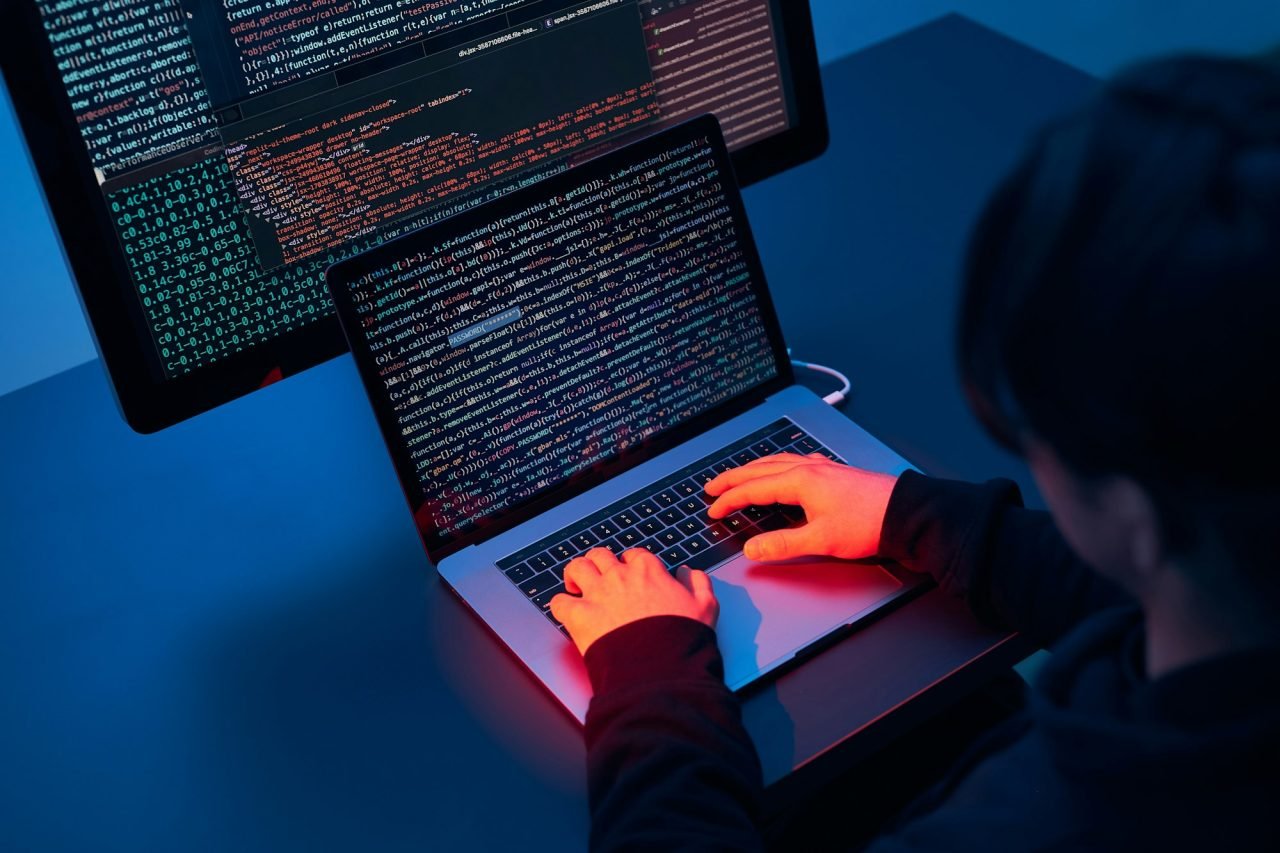Because cyberattacks never sleep—your defenses shouldn’t either.
If you’re a small to mid-sized business (SMB) or even an enterprise team stretched thin, constantly chasing alerts, analyzing logs, and checking configurations can burn out your IT staff and still leave gaps. A hands-free cybersecurity monitoring system automates these tasks—detecting threats, triggering alerts, and even responding without constant human oversight.
Let’s break down how to build an automated, low-maintenance monitoring system that gives you real-time protection and peace of mind.
Step 1: Deploy a Centralized Logging System
Why it matters:
You can’t protect what you can’t see. A centralized log management tool collects logs from firewalls, cloud services, servers, and endpoints into one searchable platform.
Tools to Use:
-
Elastic Stack (ELK) for open-source power
-
Graylog for lightweight centralized logging
-
Datadog or Splunk for cloud-native enterprises
Real-World Tie-In:
In the 2020 FireEye breach, centralized log analysis helped uncover advanced attacker activity across multiple systems—critical to responding quickly.
Step 2: Enable Automated Threat Detection and Correlation
Why it matters:
Modern threats blend into network traffic. You need a system that uses behavior analytics and correlation rules to detect anomalies—before they become breaches.
Tools to Use:
-
Wazuh or AlienVault OSSIM for open-source options
-
Microsoft Sentinel or CrowdStrike Falcon for cloud-native threat detection
-
Sigma rules to standardize detection logic across platforms
Recent Event Reference:
In 2023, attackers exploited zero-day flaws in Barracuda Email Security Gateways. Hands-free detection systems using anomaly detection and mail log correlation helped some orgs flag the attack before damage spread.
Step 3: Automate Alerts and Notifications
Why it matters:
Even the best detection is useless if no one knows it happened—or if the wrong person is alerted at the wrong time.
Tools to Use:
-
PagerDuty, Slack/Teams Integrations, or Blink for alert routing
-
n8n or Make.com for low-code automation workflows
-
Custom webhooks to trigger alerts from your SIEM
Pro Tip: Prioritize critical alerts and suppress noisy ones with built-in thresholds or time-based filters.
Step 4: Auto-Remediate Common Threats
Why it matters:
For known attack patterns—like failed login storms, suspicious process spawning, or malware downloads—an automated response can shut down the threat in seconds, not hours.
Tools to Use:
-
SOAR platforms like TheHive or Palo Alto Cortex XSOAR
-
PowerShell or Python scripts triggered by your detection engine
-
EDR tools that isolate infected endpoints automatically
Example:
In the 2022 Okta compromise, delays in isolating compromised accounts allowed the threat to spread. An automated remediation playbook could’ve locked the account immediately after suspicious login behavior.
Step 5: Set Up Automated Reporting and Compliance Checks
Why it matters:
Whether you’re under HIPAA, PCI-DSS, or SOC 2, reporting can be time-consuming and easy to forget. Automating this ensures you always have documentation ready—without last-minute fire drills.
Tools to Use:
-
Compliance automation via Drata, Secureframe, or CloudSploit
-
Daily/Weekly reports from your SIEM/SOAR
-
Scheduled audits using tools like Nessus or OpenVAS
Real-World Note:
After the 2021 Colonial Pipeline ransomware attack, regulatory scrutiny increased. Regular, automated audits and compliance reporting have become a core requirement across industries.
Bonus: Integrate Threat Intelligence
To stay proactive, feed your system with live threat intelligence (TI) feeds like AlienVault OTX, Cisco Talos, or MISP. These can automatically update detection rules and trigger alerts for newly discovered IOCs (Indicators of Compromise).
Final Thoughts
A hands-free cybersecurity monitoring system doesn’t mean zero involvement—it means maximum efficiency. With the right tools, automated workflows, and real-time insights, your business can protect itself 24/7 with minimal manual overhead.
Need help setting this up? At SecuraPosture, we build fully automated monitoring systems tailored for businesses that want security without the stress.







